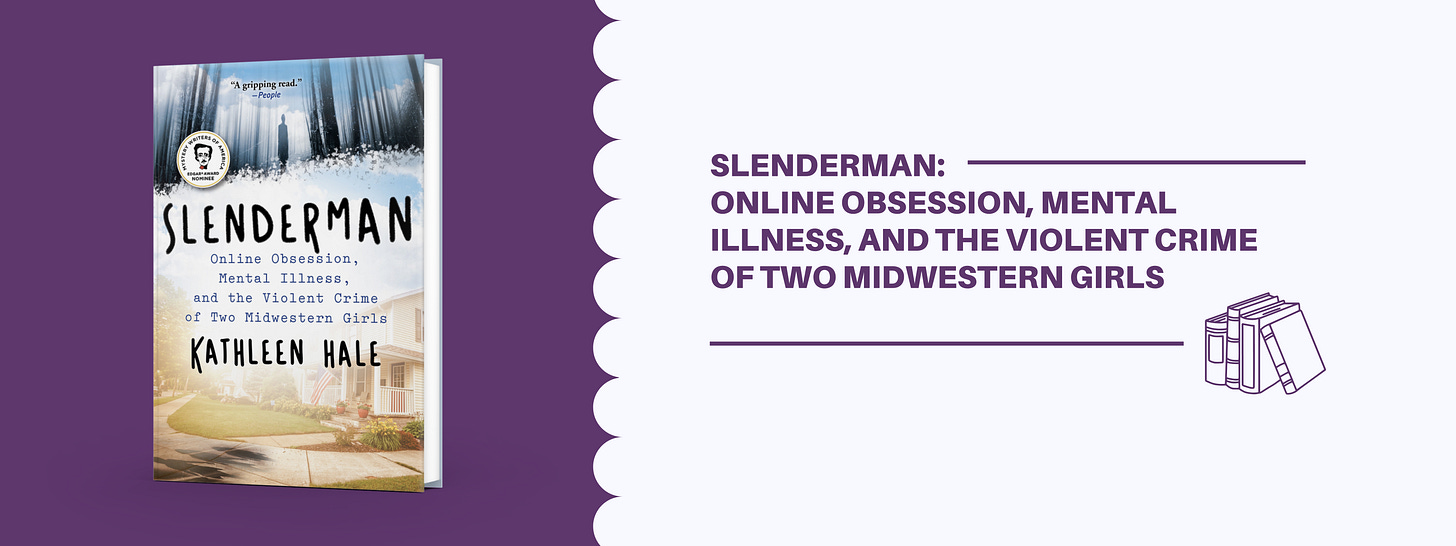"Slenderman" asks tough questions about crime and mental illness
Kathleen Hale's account of the notorious Slenderman stabbing is both a thrilling page-turner and an exposé of our flawed criminal justice and psychiatric healthcare systems.
On the morning of May 31, 2014, in the small city of Waukesha, Wisconsin, three 12-year-old girls were getting ready to say goodbye at the end of a birthday slumber party. After breakfast and some dawdling on the internet, birthday girl Morgan Geyser suggested a walk through the idyllic David’s Park, where she and her best friend, Anissa Weier, whispered and trailed behind Morgan’s former best friend, Payton “Bella” Leutner. This didn’t seem too strange; Bella had become the odd one out since Anissa and Morgan had met on the bus earlier in the school year, so she was more annoyed than scared when the two started acting weird.
But it was an unusual morning, the culmination of a monthslong delusion that Morgan and Anissa had lost themselves to: that the Slender Man—a fictional horror character they’d come to believe was real—needed them to murder their friend. It seemed easier in their imaginations, but in the woods, faced with the reality of living, breathing Bella, the attack was prolonged with false starts. First Anissa hit Bella and pushed her to the ground; she quickly apologized. She and Morgan passed the knife back and forth while Bella was distracted, each trying to convince the other to do it. When Morgan finally pinned Bella down and stabbed her nineteen times, Anissa watched from a short distance. Bella was still alive when Morgan and Anissa left her, but they assumed she’d die soon, confident they’d be well on their way to their new lives (living with Slender Man at his mansion, they believed) by the time their crime was discovered. But Bella survived, and as she underwent life-saving surgeries and Anissa and Morgan were taken into custody, news of the brutal crime spread throughout the state and nation. It was a sensation.




